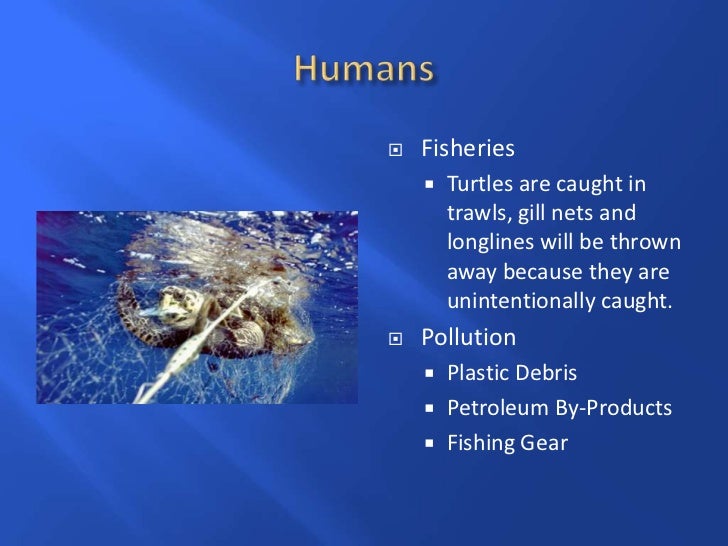
Sea turtles live in a range of coastal habitats, with most species’ hatchlings preferring the open sea, where they’re exposed to fewer predators before their shells have a chance to harden. The Flat-back Turtle is found only in the waters around the continental shelf of northern Australia. Olive Ridley turtles occur along the coast from southern Queensland and the Great Barrier Reef, northwards to Torres Strait, and across to the Joseph Bonaparte Gulf in WA. The Loggerhead Turtle inhabits the coastal waters of more than 140 countries, in and around shallow lagoons, coral reefs, salt marshes and seagrass beds near the shore. Some sea turtle species, such as the Green Turtle and Loggerhead Turtle, can be found across the globe, travelling great distances between their nesting and feeding sites.Ī Loggerhead Turtle. Where do marine turtles live? The Great Barrier Reef, itself in alarming decline, is home to the largest populations of sea turtles in the world, along with the Caribbean Islands. Olive Ridley Turtle (Lepidochelys olivacea)įour of these – the Green Turtle, the Flat-backed Turtle, the Olive Ridley Turtle and the Loggerhead Turtle – are endangered and supported through work on our reserves and partnership properties.Leatherback Turtle (Dermochelys coriacea).Hawksbill Turtle (Eretmochelys imbricata).Sea turtles that occur in Australian waters are: The largest sea turtles – Loggerheads – have been recorded measuring up to 280cm in length and weighing up to 450kg!Ī Flatback Turtle on beaches adjacent to Reedy Creek.


With large, hard shells (called carapaces) on their backs to fend off predators, they spend most of their time underwater using their strong paddle-shaped flippers to swim around. Swimming gracefully through the water, sea turtles evoke a sense of serenity and freedom.


 0 kommentar(er)
0 kommentar(er)
